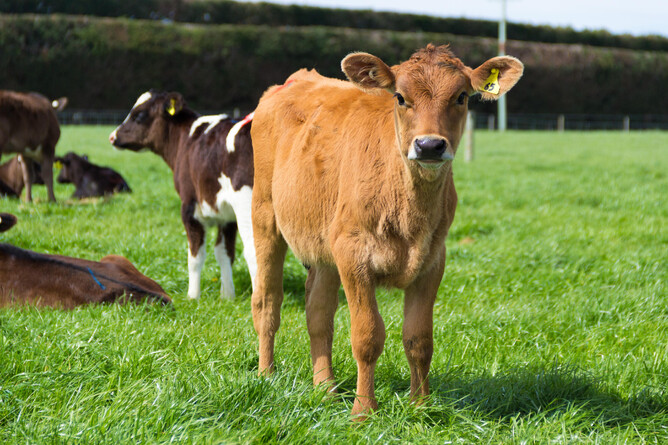Hand-rearing calves creates a system where parasites are likely to challenge them during their growth. Luckily, we have lots of tools to help us manage these parasites!
When treating youngstock for parasites there are many product options, but also different delivery methods.
Oral administration of drench is the preferred method for young animals. Calves must be treated individually with oral drench and it must not be put through the milk feeder. Individually dosing each calf ensures they each get the right amount and gives the best chance of killing the parasites.
We have some farmers who only ever deliver cattle drench orally, but many will look for an alternative once the calves get bigger.
It’s highly recommended that the next step is an injectable method. An injectable drench will deliver the drug to the required site much better than a pour-on drench, and they aren’t affected by external factors. Injectable products are available with various actives, some single and some double – it’s preferable to use a combination drench.
We encourage farmers to test their calves 7-14 days after drenching, to see if it has worked. A faecal egg count (FEC) on 10 animals will indicate efficacy of the drench on internal gut worms (note: if lungworm is suspected, a different test is required).
The process is simple. Pick up a FEC kit from us or use your own ziplock bags and collect 10 fresh faecal samples (hint: cows always poo on a clean break, so a good time to collect samples is just after you’ve moved them). Then drop the samples into your nearest clinic, where we’ll run the test and get in touch with results.

